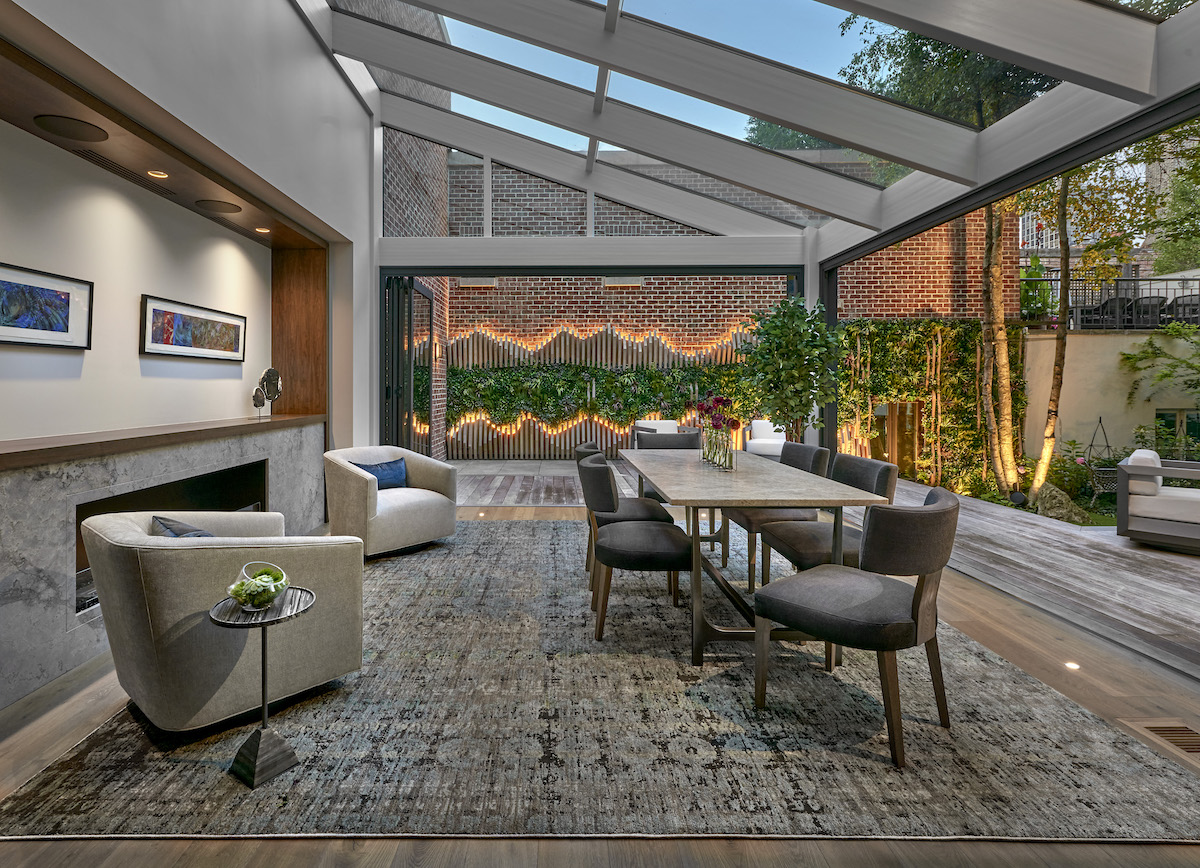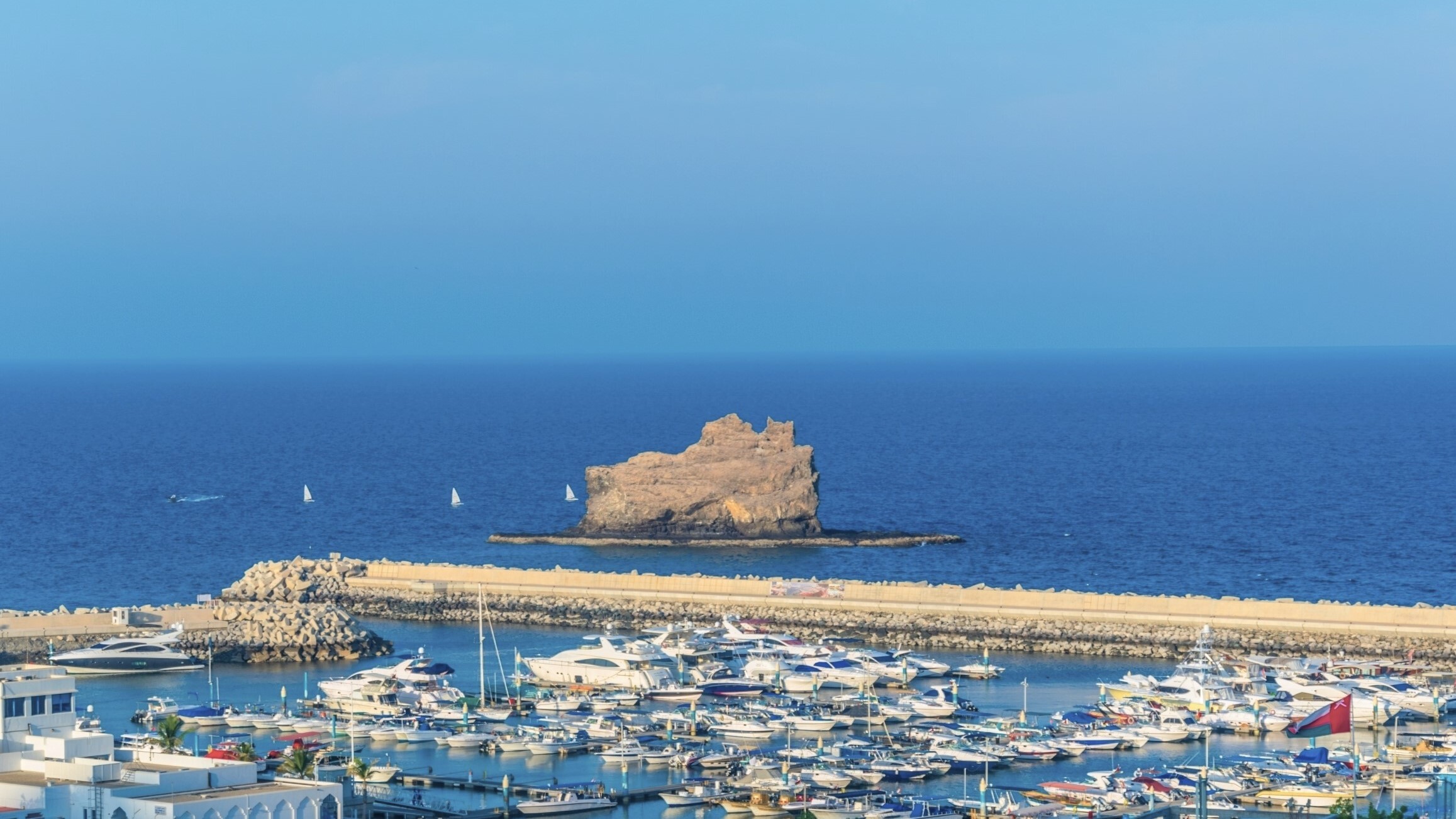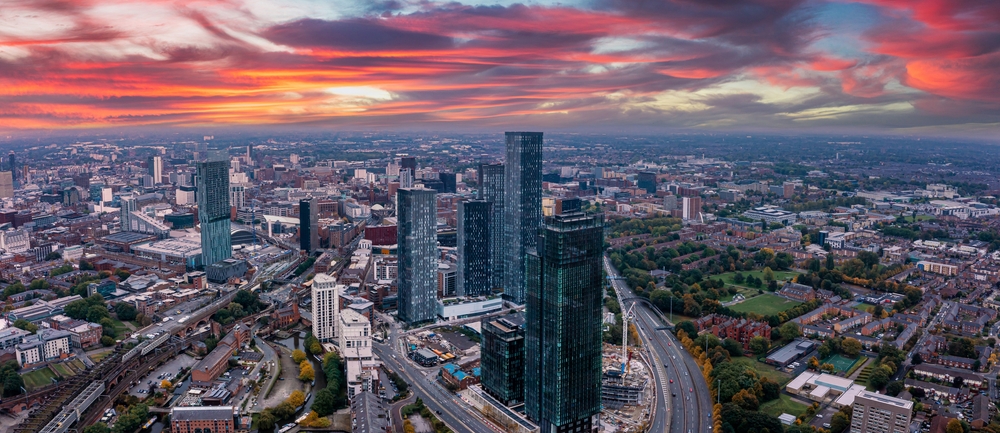
Heidelberg Village, the world’s largest passive housing (ultra-energy-efficient) complex is currently under construction in Germany. Designed by Wolfgang Frey and his sustainable architecture firm Frey Architekten, the complex is comprised of two buildings—one five stories high, and the other ranging from five to eight stories—that sit on a piece of land in a former freight yard, roughly the size of a football field, in Heidelberg, according to the firm's website. Plastered with energy-producing solar panels on the facades—not just on the roof—the 162-unit apartment complex will feature grassed double facades, rooftop gardens, and vertical gardens that create the atmosphere of a green oasis and allow for a balanced microclimate.
Frey and his team designed Heidelberg Village to encompass a wide variety of people of all ages and stages in life, with apartments ranging from one-bedroom, to spacious five-bedroom town homes. The project partners are convinced that such diversity is essential to creating a community that will be attractive and vital in the long term. All apartments are wheelchair-accessible and feature a private balcony or roof terrace. In both buildings, there are two elevators.

In addition to the solar power and modern ventilation systems allowing the complex to be energy efficient, the Heidelberg Village website states that titanium added to the wall color will also contribute to the sustainability of the building, as it turns smog into harmless nitrates and oxygen.
Frey’s “Five-Finger-Principle,” which considers “ecology, affordability, integration, innovation, and profitability” to be part of the process, is guiding the building of the complex. Viewing sustainability in a holistic way, the ultimate goal of Frey Architekten is “building a home environment to last a lifetime.”
Creating conditions that will allow for a successful neighborhood to flourish, Heidelberg Village offers many inviting spaces for everyday, casual encounters, and coexistence. There will be playgrounds, roof gardens, semipublic open spaces, lounges in the hallways, and the Quartier Forum, which will be like an "extended living room."
The architects have also announced an innovative plan to create a connection between the future residents of Heidelberg Village and the workers who built their homes. They will be having a weekly lunch to which the construction workers and future residents will be invited, giving the two groups the opportunity to dine together, with the aim being to foster a deep sense of community and belonging.
Frey explained in a press release, “Our idea is to build a strong community identity by inviting potential residents to our weekly soup kitchen to meet the construction workers and learn more about the people behind the scenes. Through consistent interaction, the entire complex will bond over food and friendship.”
Heidelberg Village is expected to be completed by 2017.
Images courtesy of Frey Architekten






